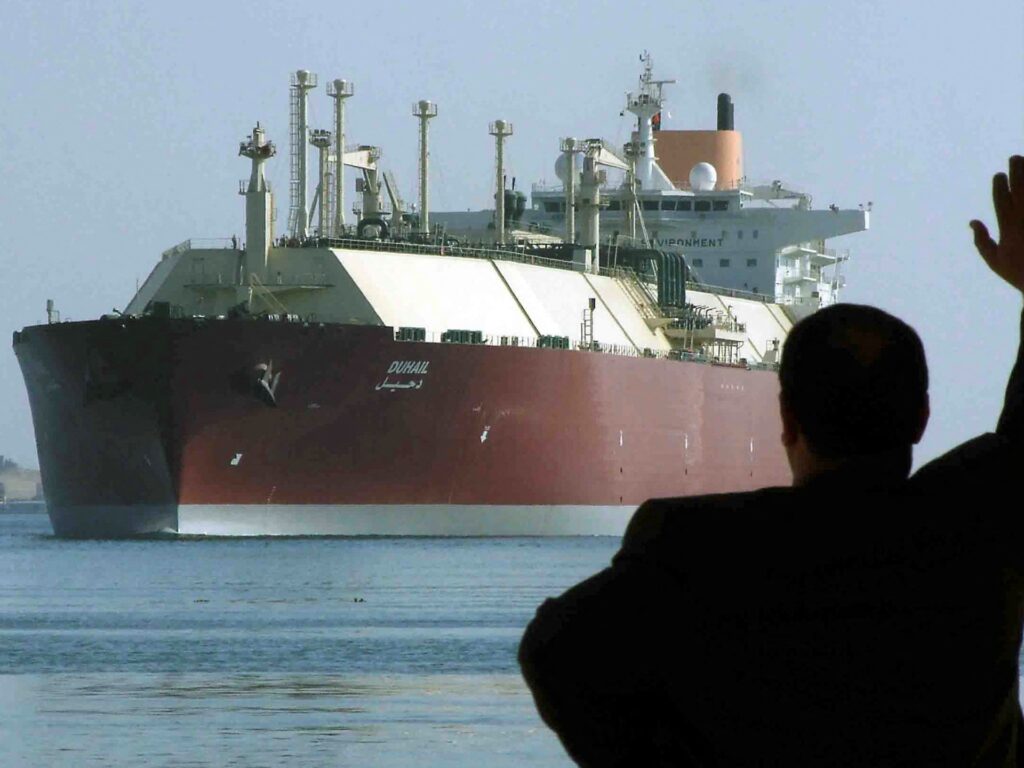Ship tracking data from LSEG showed on Tuesday that 4 tankers used for Qatari liquefied natural gas shipments resumed their route after stopping for several days in light of the tension in the Red Sea due to threats from the Yemeni Houthi group against Israeli ships or carrying Israeli goods. Support for the Gaza Strip, which has been subjected to continuous aggression for more than 100 days.
The tension in the Red Sea disrupted trade on the main east-west route, which represents about 12% of global shipping traffic.
The data showed that the liquefied natural gas tanker “Al-Rakyat” has resumed sailing through the Red Sea and is heading to Qatar, after stopping since January 13 along its route on the Red Sea.
The data reported that the ships Al-Ghariya, Al-Huwaila and Al-Numan, loaded with Qatari liquefied natural gas, were also moving, but changed their course to head south, although they still indicated the Suez Canal as their destinations.
Qatari LNG shipments that pass through the Suez Canal usually go to Europe. The three tankers had stopped off the coast of Oman since January 14.
The data showed that the estimated arrival date for Al-Numan was updated to January 19 instead of a previous delay of two weeks, so that the arrival would be on February 4.
Shell, the owner of Stasco Shipping and Leasing Company and Al-Numan’s manager, declined to comment.
The LNG ships are among many that have been forced to take the longer route around Africa via the Cape of Good Hope instead.
Gas delay
Analysts estimate that the Cape of Good Hope route could add about 9 days to the 18-day journey from Qatar to Europe. A longer route would delay delivery, but gas storage levels in Europe are good.
Standard & Poor’s estimates Qatari liquefied natural gas shipments through the Suez Canal at 14.8 million metric tons annually, American shipments at 8.8 million metric tons, and Russian shipments at 3.7 million metric tons.
European benchmark gas prices fell on Monday, as milder weather forecasts and well-stocked storage helped offset shipping concerns.
A senior source familiar with the matter told Reuters – yesterday, Monday – that Qatar Energy Company (the second largest exporter of liquefied natural gas in the world) has stopped sending tankers through the Red Sea despite the continuation of production.
In 2023, Qatar exported more than 75 million tons of liquefied natural gas, according to the data, including 14 million tons to Europe and 56.4 million tons to Asia.
Qatar is the largest supplier of liquefied natural gas to Europe after the United States, and accounted for about 13% of Western European consumption last year.
Last Friday, the International Association of Independent Tanker Owners (Intertanco), which represents about 70% of all oil, gas and chemical tankers traded internationally, called on its members to stay away from the Bab al-Mandeb Strait.

